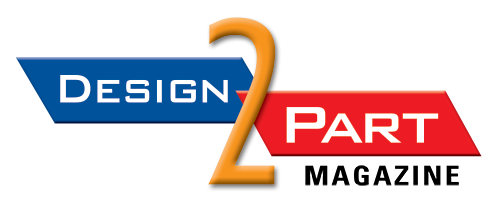Recent improvements to L2L’s cloud-based connected workforce platform are said to grant users a holistic view of manufacturing data.
SALT LAKE CITY—L2L, the developer of a connected workforce platform, recently introduced a capability that reportedly helps manufacturers better harness the power of their L2L data, align it with siloed data from their existing systems, and gain the context they need to identify production issues and improve performance.
The new capability, L2L Business Intelligence (BI), is the latest layer in L2L’s intelligence framework, the company said in a release.
L2L integrates three critical information technologies—artificial intelligence (AI), business intelligence (BI), and rules-based process automation—into a unified framework for intelligent manufacturing automation. The combination forms an intelligence layer within the L2L platform, empowering plant workers with immediate access to guidance, recommendations, and information. The goal, according to the release, is for users to obtain “the most relevant solutions directly at the point of use.”
Described as a key component of the intelligence layer at the heart of the L2L platform, L2L’s BI capabilities are said to make it easy to access and import L2L data into users’ own BI systems. This provides teams with the context they need to identify root-cause issues, benchmark performance, and drive better results, the company said.
According to the company, L2L BI empowers users to boost their performance via root cause problem-solving, performance benchmarking, and continuous improvement.
Users can accurately identify the root causes of disruptions or performance issues. Pareto charts and other BI visualization tools are said to drive faster assessment and the ability to make data-based decisions to improve resource allocation and optimize performance.
The L2L BI capability enables users to perform comparative analysis, set benchmarks, and standardize performance. They can focus on key metrics to easily track the critical elements of performance needed to improve business, the company said.
Users can initiate continuous improvement by identifying underlying issues and creating custom dashboards. They can “monitor and test hypotheses to drive a cycle of iteration and ongoing improvement,” according to L2L. In addition, they can examine historical breakdown patterns and ongoing performance information such as machine vibration, temperature, and cycles completed. Through this process, users can gain a better understanding of machine performance and optimize PM scheduling to minimize disruptions.
The company said it offers flexible options that align with a customer’s IT strategy and available resources. Customers can access L2L operating data to include in their data lake and build into their existing corporate BI strategy, using their preferred BI solutions. Alternatively, companies can rely on a BI solution hosted by L2L that provides quick and easy access to the data with the same degree of visibility and analysis, L2L said in the release.
“No other connected workforce vendor has the breadth of operational data that we do, nor do they make this data fully available for use in other BI solutions where users can merge it with other systems data for advanced analysis,” said L2L Vice President of Product Rich Caplow, in the release. “Business Intelligence capabilities have long been top of mind with our customers. A common request from existing users, our latest BI features create the potential for us to add even more strategic value to all of our customers’ manufacturing planning processes.”
The company said it held a Connected Workforce Summit in May, where new innovations like L2L FlowEngine were showcased for the first time. According to L2L, FlowEngine enables manufacturers to automate decision-making processes, optimize workflows, and apply business rules, significantly improving productivity while reducing operational costs. In June, L2L also released L2L Assist, an AI functionality that is said to guide frontline manufacturing workers to complete tasks more efficiently and effectively.
Founded in 2010, L2L aims to enable workers to collaboratively improve productivity across the full breadth of manufacturing operations. Its cloud-based connected workforce platform is said to visualize “the most important shop floor data in real time so that workers can identify, prioritize, and solve problems faster, making their companies more efficient, resilient, and profitable.”
